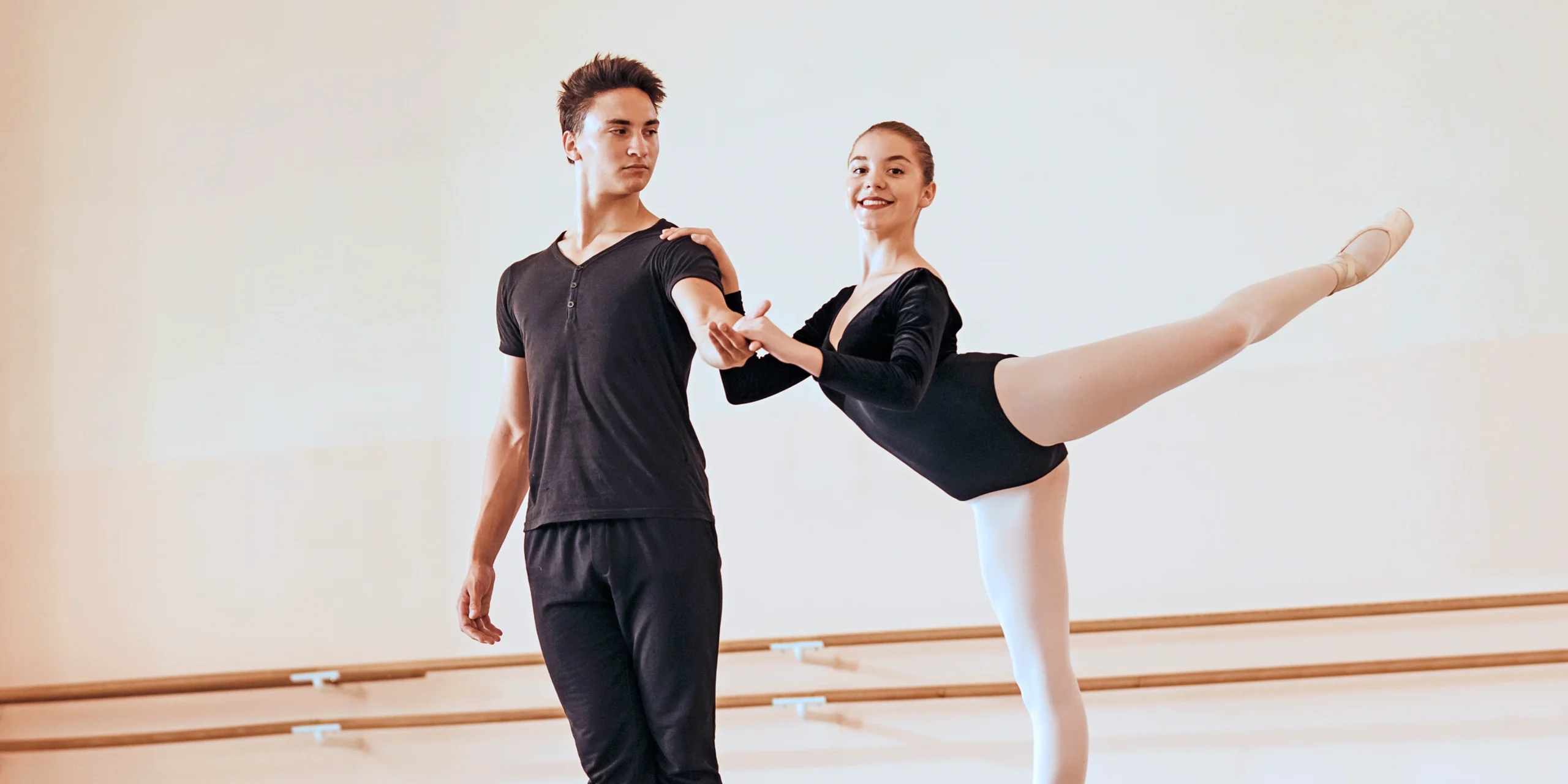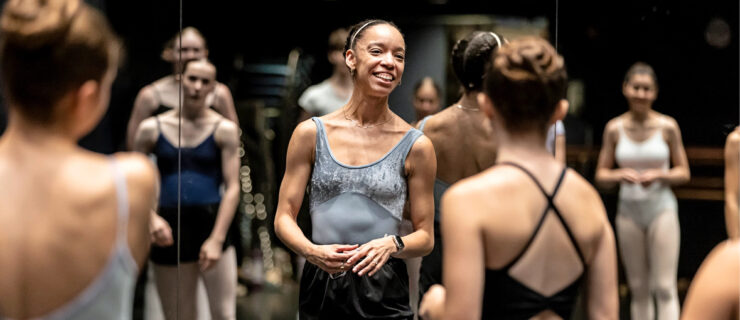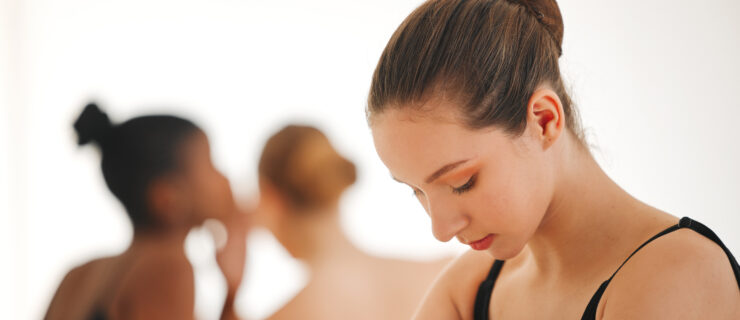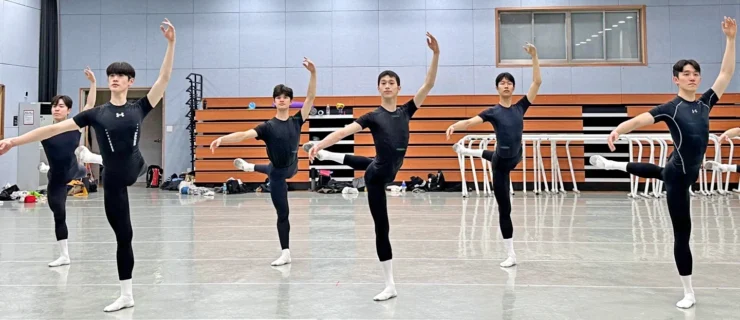Tips for Performing Your First Pas De Deux
As a 16-year-old student, Patrick Frenette was excited to dance his first pas de deux onstage in The Nutcracker. He had been preparing for the role of Sugarplum’s Cavalier for nearly a year. “I remember spending six days a week training in my garage, doing as many body conditioning classes as I could, and working with my partner on all the different lifts,” says Frenette, now a corps member with American Ballet Theatre.
When it came time to perform the grand pas de deux’s challenging overhead lift during the performance, he surprised himself by easily pressing his partner over his head. “It felt like time completely stood still,” he says. All these years later, Frenette says, it’s still fun to think about.
Performing your first pas de deux is an important rite of passage. But partnering—especially in front of an audience—can be intimidating and present unique challenges. Here are some tips to help make your pas de deux debut a success.
Connect With Your Partner
You and your partner first need to develop trust—and this may take time. Multiple factors help foster trust, including good communication, consistency, and treating each other with respect.
Jennifer Kronenberg and Carlos Guerra, artistic directors of Dimensions Dance Theatre of Miami and former principals with Miami City Ballet, partnered together regularly as dancers and developed a keen understanding of the intricacies of pas de deux. They now pass that knowledge on to their students and younger company members. “Performing a pas de deux is about teamwork,” Kronenberg says. Both dancers must “remain completely tuned in to each other and ‘listen’ to each other throughout. It’s a physical conversation.”
Communicating clearly and effectively in rehearsals is key. “If something is off, let your partner know what you need and how you believe they can help,” Kronenberg says. Likewise, ask how your partner is feeling and be open to what you can do to help them.
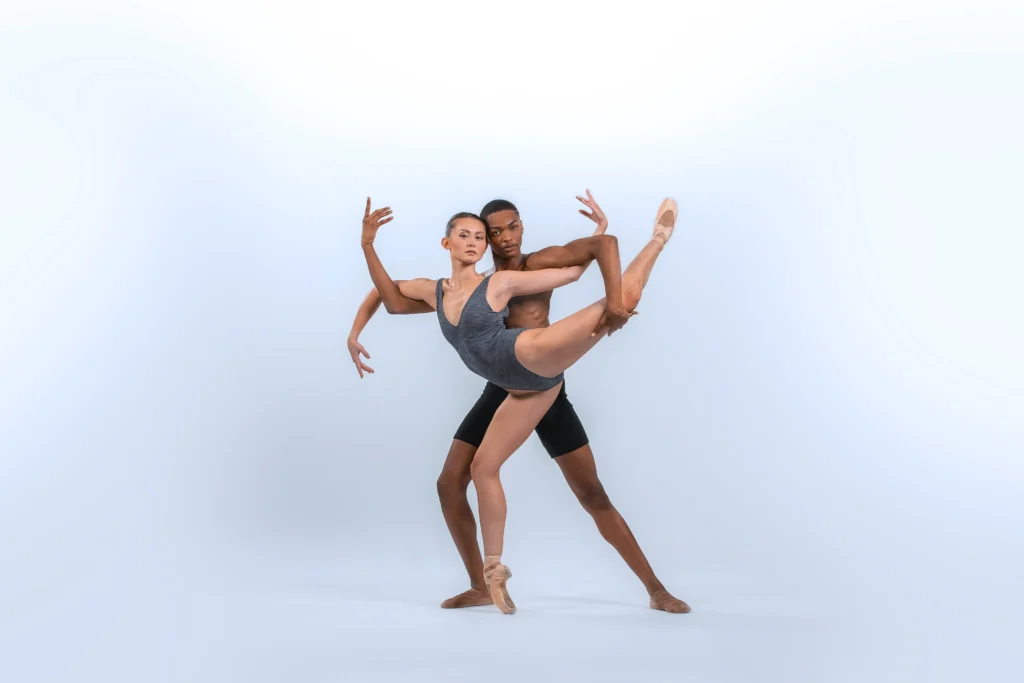
Silent communication is also valuable. “Partnering is a language between two people, and you want to be able to understand each other and take physical cues from one another,” says Alessandra Ferrari-Wong, a company dancer with Chattanooga Ballet. “A deep breath and plié cue my partner that I am about to take off into a lift or a pirouette, and keep us in sync.” Acknowledging your partner with a smile and eye contact assures you’re both ready for the next step (like running into a lift).
Support One Another
For a partnership to work, both dancers have to bring individual skills to the table. To men, Frenette says: “Work on your inconspicuous partnering, and keep the focus on her.” Frame your partner and help create their lines. To women, he says: “Understand that you probably have more experience on your pointe shoe than he does partnering. The trust and the patience that you can give will be the deciding factor of whether a young dancer will become a confident partner or not.”
In some instances, dancers may try to rely on themselves for the support they need. “The typical female instinct is to start trying to ‘do it’ herself, but that will generally make things worse,” says Kronenberg. A supporting partner needs a fair chance to do their job and find the other dancer’s center of balance, “Even if that means being a little behind the music at first,” she says. Timing and musicality will develop through regular rehearsing, and though it may feel frustrating for a while, learning through trial and error leads to growth and trust.
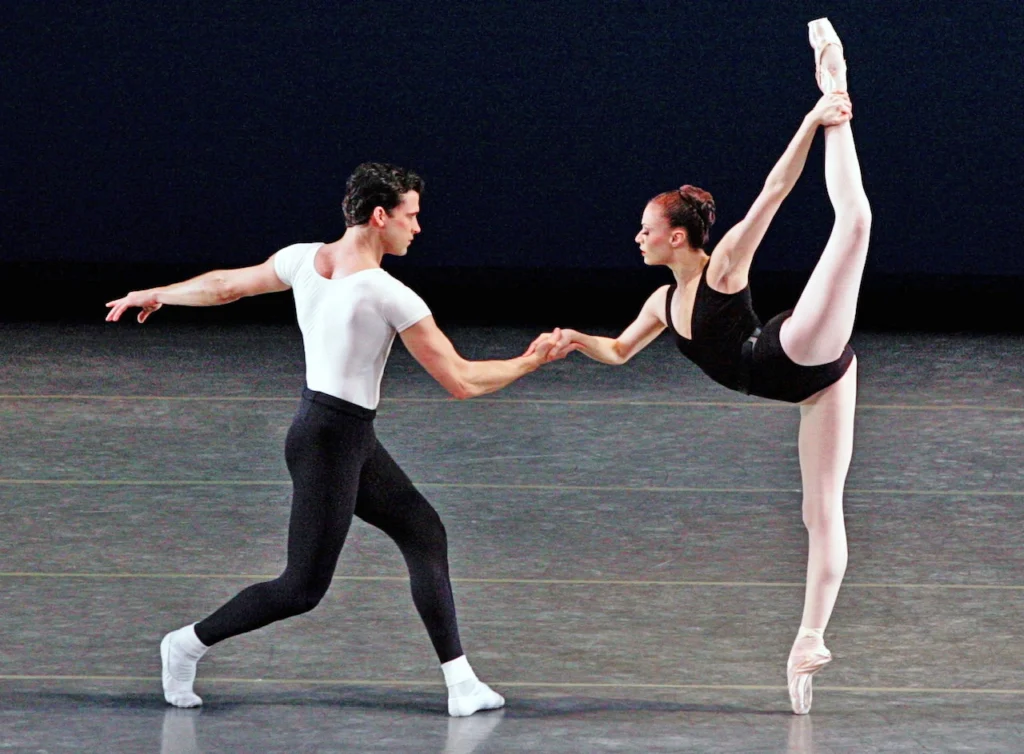
If things aren’t going well—for example, if your partner isn’t improving or your working styles clash—try to address the problem in an open and non-accusing way. (It isn’t always one person’s fault when something goes wrong in a pas de deux.) Brainstorm on what you both can do to make things go more smoothly. Consider asking your coaches or more experienced dancers for advice.
What to Expect Onstage
Ferrari-Wong says consistency in the studio—in your footwork, technique, transitions, preparations for lifts and turns—builds muscle memory and allows you to concentrate on your musicality and performance onstage. “Everything onstage feels so different,” she says. “Maybe it’s the dimensions of the stage, a new type of flooring. Or maybe you’ve been rehearsing with just your partner and now there will be a corps de ballet onstage.” While these elements may throw you off, Ferrari-Wong says that being consistent in rehearsals and knowing your choreography inside out can help you adjust quickly.
Frenette agrees: “The soundest advice I can share is for both parties to stick to your plan and your choreography.” For instance, agree on how many pirouettes you plan to do in each set ahead of time. Remember, you’re no longer responsible for just your own performance. “Your job onstage is now in direct correlation with another dancer,” notes Frenette. “So, the choices you make have to be conscientious and courteous toward the other person you’re dancing with.”
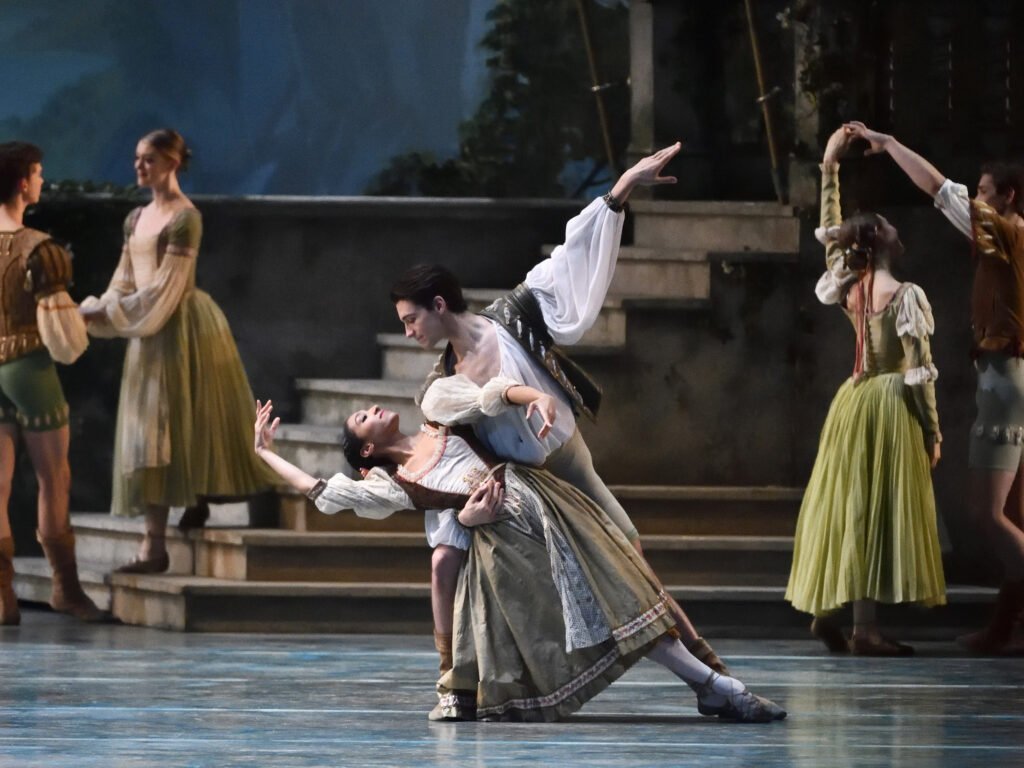
“If a pair of dancers can build trust, that can lead to the most beautiful freedom onstage,” says Kronenberg. But while getting “lost” in a pas de deux can feel magical, human error in performances is a very real possibility. “Both dancers should remain aware that unexpected things can and will happen.” In those instances, she continues, “stay calm, avoid rushing, and really listen to each other’s physical cues.”
Dancing With Someone More Experienced
Many studio productions hire guest artists to dance leading roles. If you are paired with a professional dancer or even a teacher, try not to feel timid, says Ferrari-Wong, who in high school danced the grand pas de deux with a guest artist for her studio’s Nutcracker in New Jersey. “Be confident in yourself. It’s one of the best learning opportunities, to dance with someone who is more experienced than you.”
Frenette offers this additional advice: “Stay at your own pace. It is the professional’s job to provide a calming and encouraging experience to the student dancer.” He adds: “If you’re dancing with a professional, that doesn’t mean that you need to be at a professional level as well.”
Dancing a pas de deux can be one of the most exciting experiences as an artist. But to get to that point, you must develop trust and teamwork in the studio. When both dancers support each other, a pas de deux becomes much more than steps—it becomes magic onstage.
More Tips
- Take clear preparations for lifts and turns. “Your partner needs a second to visually register what they are doing,” says Kronenberg.
- Wear the right strength pointe shoe. Depending on the pas de deux, you may need harder shoes compared to what you’d wear for a solo or corps work.
- Wear a practice tutu or your tunic in rehearsal. A tutu may affect the way your partner feels your placement, especially since they can no longer see your feet. If you are the supporting/lifting partner, rehearse in your tunic to be sure it doesn’t change your range of motion during lifts.
- Practice onstage prior to the curtain going up. Frenette says, “If you have a faulty lift, you’re doing that behind the curtain and figuring out why it didn’t work, so that later onstage you know exactly what you need from each other.”
